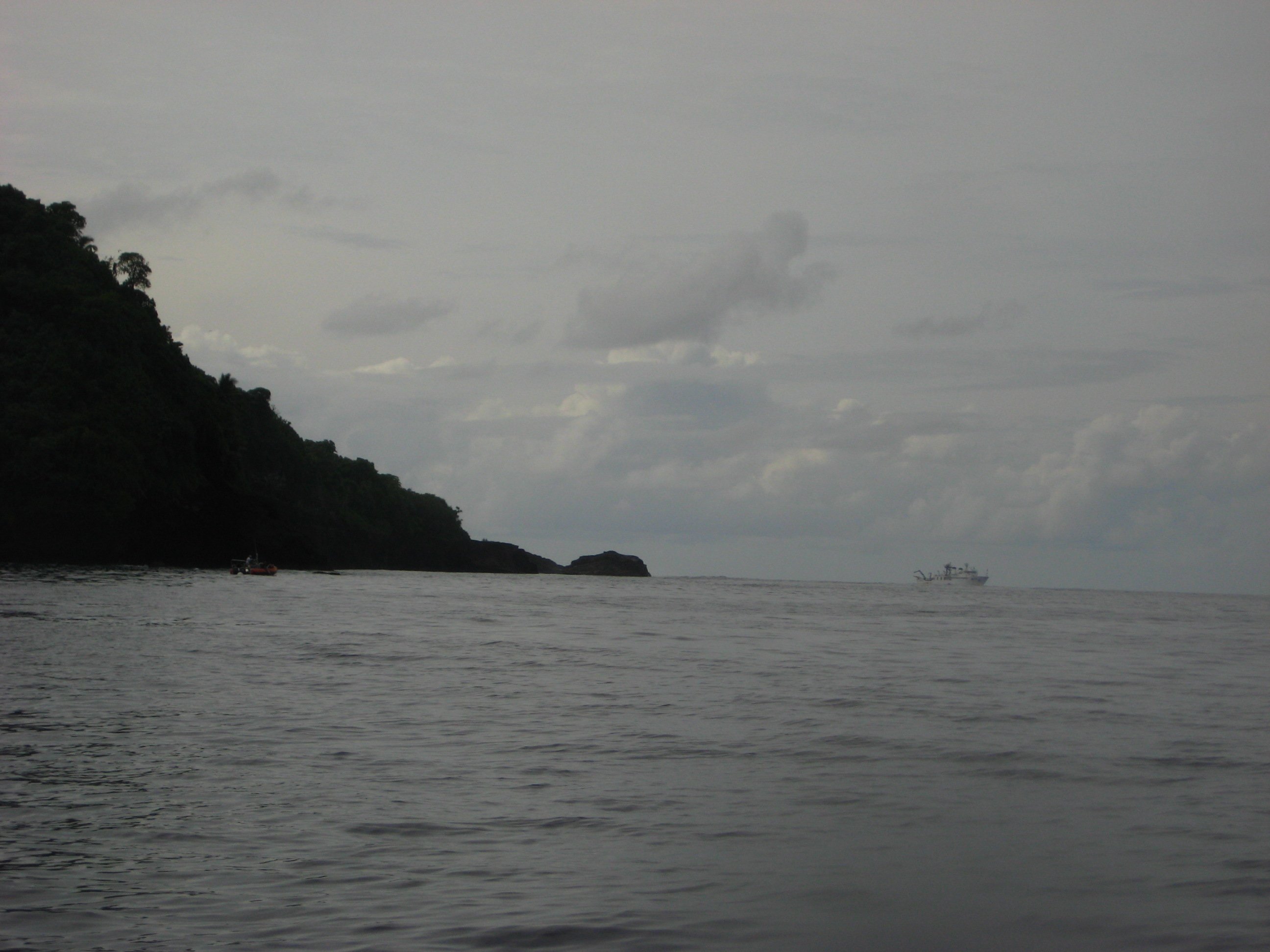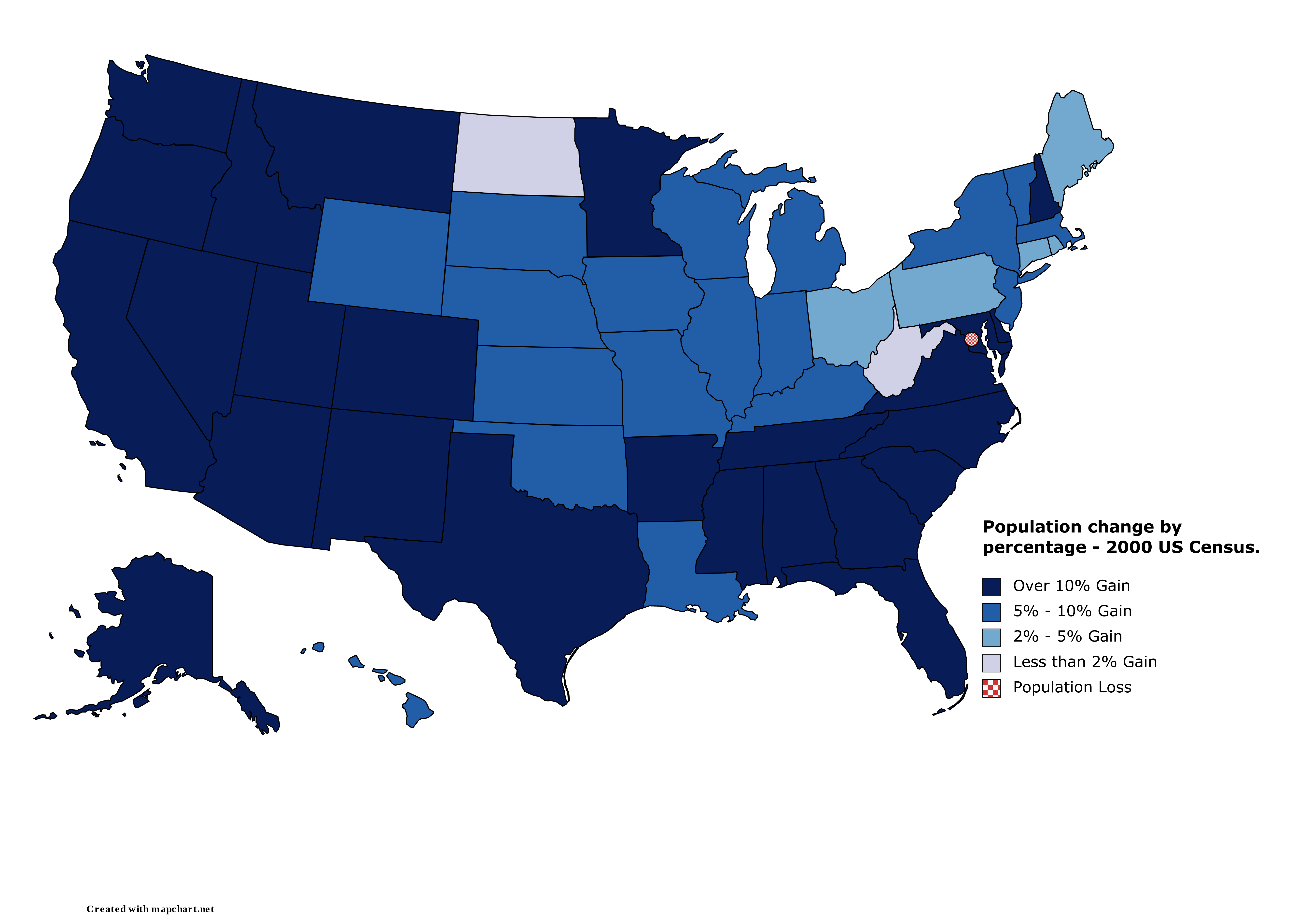|
Futiga, American Samoa
Futiga ( sm, Fūtiga , pronounced "Futinga") is a village in the southwest of Tutuila Island, American Samoa. It is located inland, seven miles southwest of Pago Pago, between the villages of 'Ili'ili and Puapua. It is in Tualatai County. Futiga is home of the Fagatele Bay Site, an archeological site which was added to the U.S. National Register of Historic Places in 1997. Futiga is the southernmost town in the United States (because it includes Steps Point) — Rose Atoll is further south, but Rose Atoll is uninhabited. Geography Fagatele Bay Trail is a 1-mile roundtrip hiking trail to the Fagatele Bay National Marine Sanctuary from the village of Futiga. Fagatele Bay National Marine Sanctuary is a protected nature area home to animals such as turtles and sharks. When traveling west on Route 1 to Futiga, turn left just before US Mart. Follow the road past the landfill until you reach a locked gate. The trailhead is located here. Fogama'a Crater is a 485-acre site on the sho ... [...More Info...] [...Related Items...] OR: [Wikipedia] [Google] [Baidu] |
Tualatai County, American Samoa
Tuālā-tai County is one of the five counties that make up the Western District (''le Falelima i Sisifo'') of American Samoa. The other four are Ālātaua, Fofō, Leāsina (Aitūlagi) and Tuālā-uta (Ma’upū). The villages of Fūtiga, Itū'au (Malaeloa), Taputimu and Vailoatai form the itūmālō (county/district) o Tuālātai. Part of the Puapua area starting from the junction of Taputimu Road and Route 001 to Futiga are lands that belong to Tuālā-tai families and are part of the county. Vailoatai serves as the county’s principality as the titular head of the district (fa'asuaga) is located here. The county is represented by one senator in the American Samoa Senate and by one representative in the American Samoa House of Representatives. It is the fourth most populous county of American Samoa as of 2020. Etymology Tuālātai / Tuālā-taiPapali'i, A. M. S. (2002). ʻO si manu a aliʻi, a text for the advanced study of Samoan language and culture. United States: U ... [...More Info...] [...Related Items...] OR: [Wikipedia] [Google] [Baidu] |
National Marine Sanctuaries
A U.S. National Marine Sanctuary is a zone within United States waters where the marine environment enjoys special protection. The program began in 1972 in response to public concern about the plight of marine ecosystems. A U.S. National Marine Sanctuary is a federally designated area within United States waters that protects areas of the marine environment with special conservation, recreational, ecological, historical, cultural, archeological, scientific, educational, or aesthetic qualities. While National Marine Sanctuaries are multiple-use areas, the NMSA emphasizes that one of the express purposes of a sanctuary is to “maintain the natural biological communities” and to “protect and, where appropriate, restore and enhance natural habitats, populations, and ecological processes.” The National Marine Sanctuary System consists of 15 marine protected areas that encompass more than . Individual areas range from less than . The Office of National Marine Sanctuaries (ON ... [...More Info...] [...Related Items...] OR: [Wikipedia] [Google] [Baidu] |
1930 United States Census
The United States census of 1930, conducted by the Census Bureau one month from April 1, 1930, determined the resident population of the United States to be 122,775,046, an increase of 13.7 percent over the 106,021,537 persons enumerated during the 1920 census. Census questions The 1930 census collected the following information: * address * name * relationship to head of family * home owned or rented ** if owned, value of home ** if rented, monthly rent * whether owned a radio set * whether on a farm * sex * race * age * marital status and, if married, age at first marriage * school attendance * literacy * birthplace of person, and their parents * if foreign born: ** language spoken at home before coming to the U. S. ** year of immigration ** whether naturalized ** ability to speak English * occupation, industry and class of worker * whether at work previous day (or last regular work day) * veteran status * if Indian: ** whether of full or mixed blood ** tribal affiliation ... [...More Info...] [...Related Items...] OR: [Wikipedia] [Google] [Baidu] |
1940 United States Census
The United States census of 1940, conducted by the Census Bureau, determined the resident population of the United States to be 132,164,569, an increase of 7.3 percent over the 1930 population of 122,775,046 people. The census date of record was April 1, 1940. A number of new questions were asked including where people were five years before, highest educational grade achieved, and information about wages. This census introduced sampling techniques; one in 20 people were asked additional questions on the census form. Other innovations included a field test of the census in 1939. This was the first census in which every state (48) had a population greater than 100,000. Census questions The 1940 census collected the following information: * address * home owned or rented ** if owned, value ** if rented, monthly rent * whether on a farm * name * relationship to head of household * sex * race * age * marital status * school attendance * educational attainment * birthplace * if f ... [...More Info...] [...Related Items...] OR: [Wikipedia] [Google] [Baidu] |
1950 United States Census
The United States census of 1950, conducted by the Census Bureau, determined the resident population of the United States to be 150,697,361, an increase of 14.5 percent over the 131,669,275 persons enumerated during the 1940 census. This was the first census in which: * More than one state recorded a population of over 10 million * Every state and territory recorded a population of over 100,000 * All 100 largest cities recorded populations of over 100,000 On April 1, 2022, the National Archives and Records Administration released scanned census enumeration sheets to the general public, in accordance with the 72 year rule. Census questions The 1950 census collected the following information from all respondents: * address * whether house is on a farm * name * relationship to head of household * race * sex * age * marital status * birthplace * if foreign born, whether naturalized * employment status * hours worked in week * occupation, industry and class of worker In addit ... [...More Info...] [...Related Items...] OR: [Wikipedia] [Google] [Baidu] |
1980 United States Census
The United States census of 1980, conducted by the Census Bureau, determined the resident population of the United States to be 226,545,805, an increase of 11.4 percent over the 203,184,772 persons enumerated during the 1970 census. It was the first census in which a stateCaliforniarecorded a population of 20 million people, as well as the first in which all states recorded populations of over 400,000. Census questions The 1980 census collected the following information from all respondents: * Address * Name * Household relationship * Gender * Race * Age * Marital status * Whether of Spanish/Hispanic origin or descent It was the first census not to ask for the name of the "head of household." Approximately 16 percent of households received a "long form" of the 1980 census, which contained over 100 questions. Full documentation on the 1980 census, including census forms and a procedural history, is available from the Integrated Public Use Microdata Series. Data availabi ... [...More Info...] [...Related Items...] OR: [Wikipedia] [Google] [Baidu] |
2000 United States Census
The United States census of 2000, conducted by the Census Bureau, determined the resident population of the United States on April 1, 2000, to be 281,421,906, an increase of 13.2 percent over the 248,709,873 people enumerated during the 1990 census. This was the twenty-second federal census and was at the time the largest civilly administered peacetime effort in the United States. Approximately 16 percent of households received a "long form" of the 2000 census, which contained over 100 questions. Full documentation on the 2000 census, including census forms and a procedural history, is available from the Integrated Public Use Microdata Series. This was the first census in which a state – California – recorded a population of over 30 million, as well as the first in which two states – California and Texas – recorded populations of more than 20 million. Data availability Microdata from the 2000 census is freely available through the Integrated Public Use Microdata S ... [...More Info...] [...Related Items...] OR: [Wikipedia] [Google] [Baidu] |
2010 United States Census
The United States census of 2010 was the twenty-third United States national census. National Census Day, the reference day used for the census, was April 1, 2010. The census was taken via mail-in citizen self-reporting, with enumerators serving to spot-check randomly selected neighborhoods and communities. As part of a drive to increase the count's accuracy, 635,000 temporary enumerators were hired. The population of the United States was counted as 308,745,538, a 9.7% increase from the 2000 census. This was the first census in which all states recorded a population of over half a million people as well as the first in which all 100 largest cities recorded populations of over 200,000. Introduction As required by the United States Constitution, the U.S. census has been conducted every 10 years since 1790. The 2000 U.S. census was the previous census completed. Participation in the U.S. census is required by law of persons living in the United States in Title 13 of the United ... [...More Info...] [...Related Items...] OR: [Wikipedia] [Google] [Baidu] |
Taputimu
Taputimu is a village in southwestern Tutuila Island in American Samoa. It is the nearest village to the Fagatele Bay National Marine Sanctuary, although the main access is from the neighboring village of Futiga. It is home to Leala Shoreline National Natural Landmark and Leala Sliding Rock. Leala Sliding Rock is a natural rock formation between Vailoatai and Taputimu, which is a scenic landmark as well as a natural playground or slide. It was created by the ebb and flow of the ocean; the erosion has created a smooth shoreline site. It is located in Tualatai County in the Western District of Tutuila. Le'ala Shoreline Le'ala Shoreline is located near Taputimu, just west of Fagatele Point, on Tutuila Island in American Samoa. It is a U.S. National Natural Landmark. The coast is marked by rocky outcroppings, deep and shallow surge channels, as well as tide pool ... National Natural Landmark is 35 acres and was designated in 1972. Leala Sliding Rock is accessible from Taputimu. ... [...More Info...] [...Related Items...] OR: [Wikipedia] [Google] [Baidu] |







